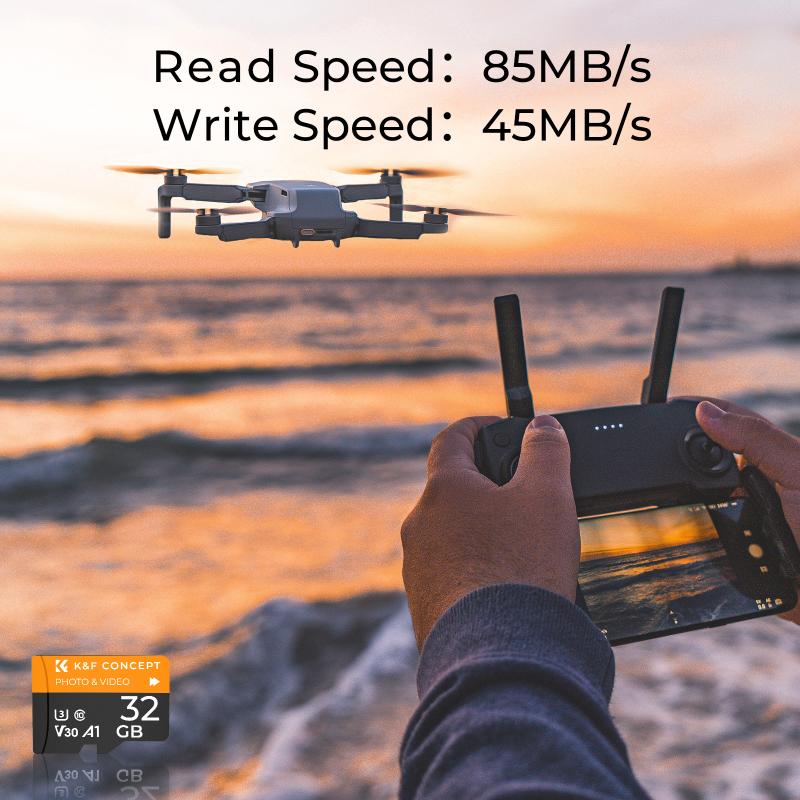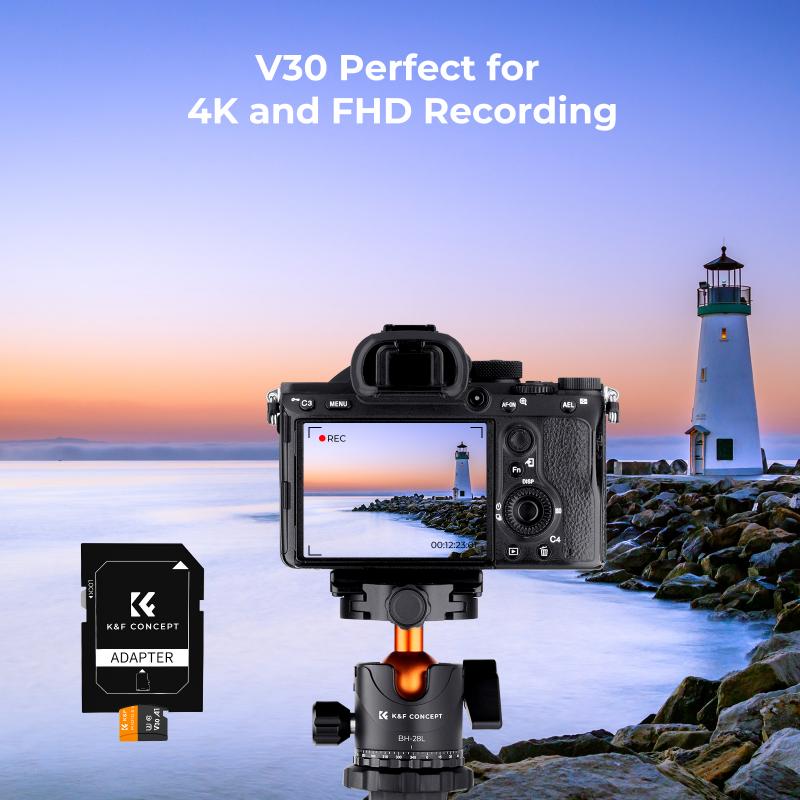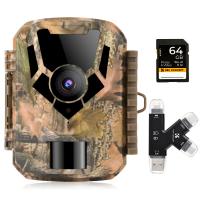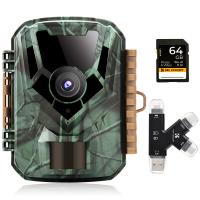How Do I Move Apps To Sd Card?
In today's digital age, smartphones have become an essential part of our daily lives. With the increasing number of apps available, it's easy to run out of internal storage space. One effective way to manage this issue is by moving apps to an SD card. This article will guide you through the process, providing practical solutions and tips to ensure a smooth transition.
Understanding the Basics

Before diving into the steps, it's important to understand a few key points:
1. Compatibility: Not all apps can be moved to an SD card. Some apps, especially system apps, are designed to run from the internal storage.
2. Performance: Moving apps to an SD card can sometimes affect their performance. SD cards are generally slower than internal storage, which can lead to longer load times.
3. SD Card Quality: The quality of the SD card matters. A high-speed, high-capacity SD card will provide better performance and reliability.
Step-by-Step Guide to Moving Apps to an SD Card

1. Check Your Device's Compatibility

First, ensure that your device supports moving apps to an SD card. This feature is available on most Android devices but not on iOS devices. To check:
- Go to Settings.
- Navigate to Storage or Device Maintenance.
- Look for an option related to the SD card.
2. Insert and Format the SD Card

If your device supports SD cards, insert the card into the designated slot. You may need to format the card to make it compatible with your device:
- Go to Settings.
- Select Storage.
- Tap on the SD card and choose Format as internal or Format as portable.
Note: Formatting the SD card will erase all data on it, so make sure to back up any important files.
3. Move Apps to the SD Card
Once the SD card is formatted, you can start moving apps:
- Go to Settings.
- Select Apps or Application Manager.
- Choose the app you want to move.
- Tap on Storage.
- If the app can be moved, you will see an option to Change the storage location. Select SD card.
Repeat this process for each app you want to move.
4. Use Third-Party Apps
If your device does not natively support moving apps to an SD card, you can use third-party apps like AppMgr III (App 2 SD) or Link2SD. These apps provide additional functionality and can help you manage your storage more effectively.
Tips for Managing Apps and Storage
1. Regularly Clear Cache
Apps accumulate cache over time, which can take up significant space. Regularly clearing the cache can free up storage:
- Go to Settings.
- Select Storage.
- Tap on Cached data and confirm to clear it.
2. Uninstall Unused Apps
Periodically review your apps and uninstall those you no longer use. This will free up both internal and SD card storage.
3. Use Cloud Storage
For files like photos, videos, and documents, consider using cloud storage services like Google Drive, Dropbox, or OneDrive. This will reduce the need for local storage and keep your data accessible from any device.
Troubleshooting Common Issues
1. App Not Moving
If an app does not have the option to move to the SD card, it may be due to the app's design or restrictions set by the developer. In such cases, you can:
- Check for app updates that may add this functionality.
- Contact the app developer for support.
2. SD Card Not Recognized
If your device does not recognize the SD card:
- Ensure the card is properly inserted.
- Try using the card in another device to check if it's functioning.
- Format the card using a computer and then reinsert it into your device.
3. Performance Issues
If you notice performance issues after moving apps to the SD card:
- Consider moving only less frequently used apps to the SD card.
- Invest in a high-speed SD card to improve performance.
Managing storage on your smartphone is crucial for maintaining optimal performance and ensuring you have enough space for new apps and files. Moving apps to an SD card is a practical solution that can help you free up internal storage. By following the steps outlined in this article, you can effectively manage your apps and storage, ensuring a smoother and more efficient smartphone experience.
Remember, while moving apps to an SD card can be beneficial, it's important to balance performance and storage needs. Regularly review your storage usage, clear cache, and uninstall unused apps to keep your device running smoothly. With these tips and tricks, you'll be well-equipped to handle any storage challenges that come your way.










There are no comments for this blog.